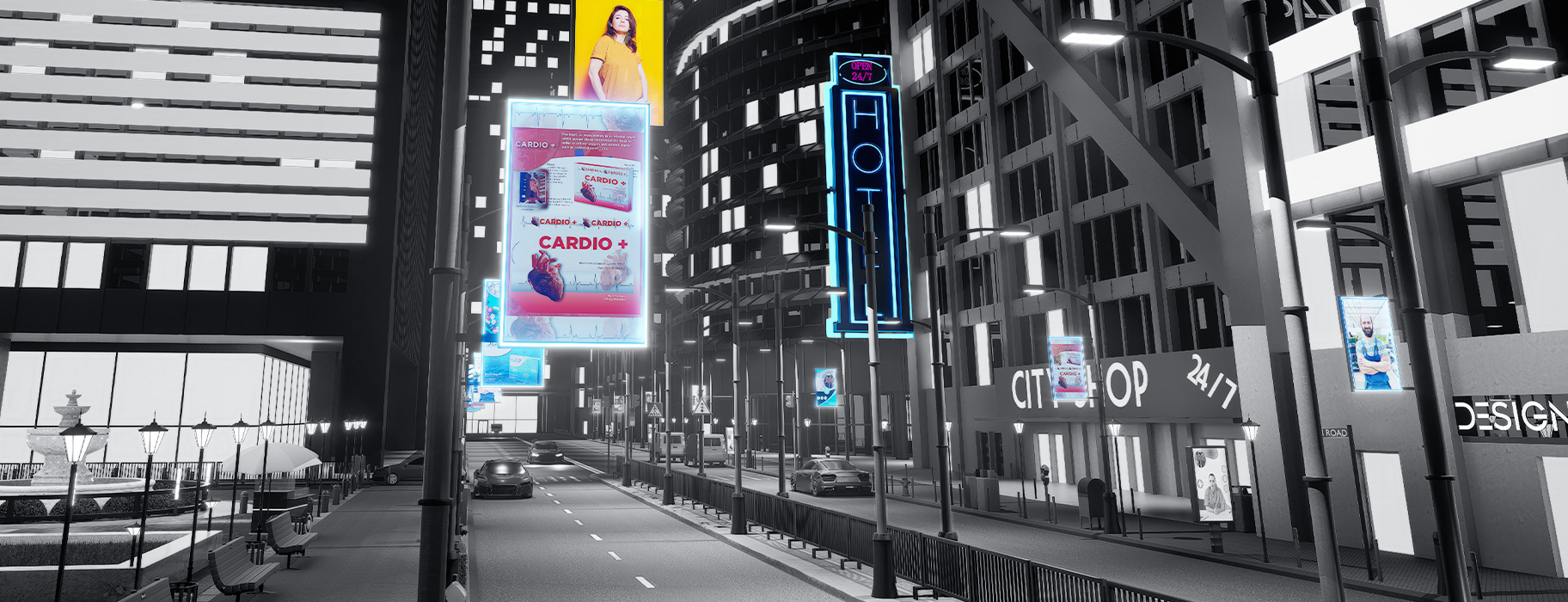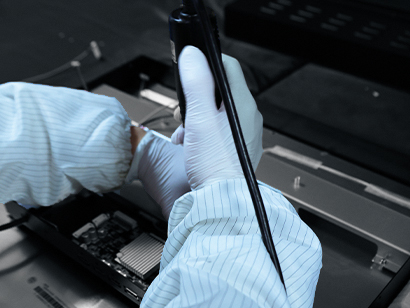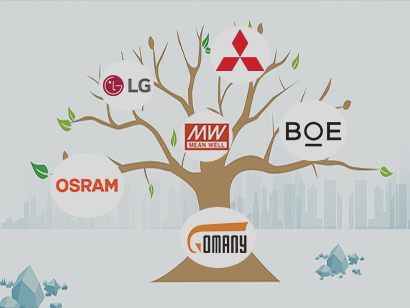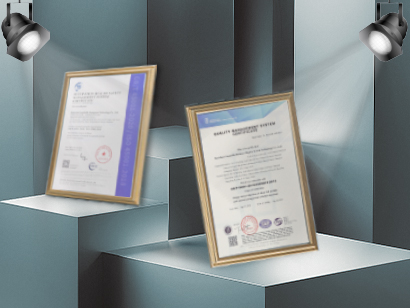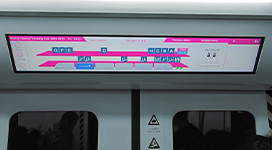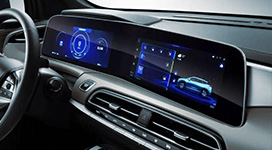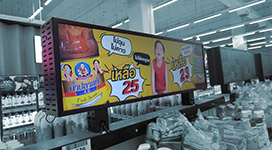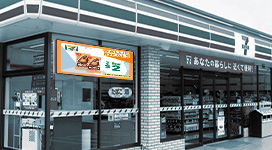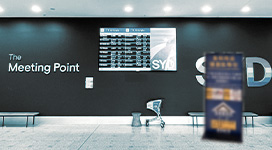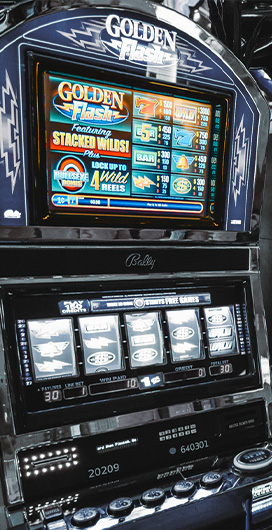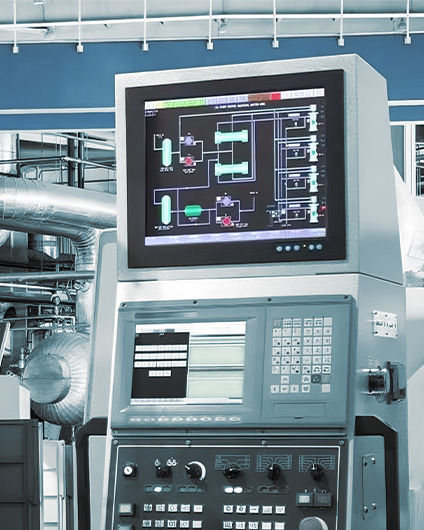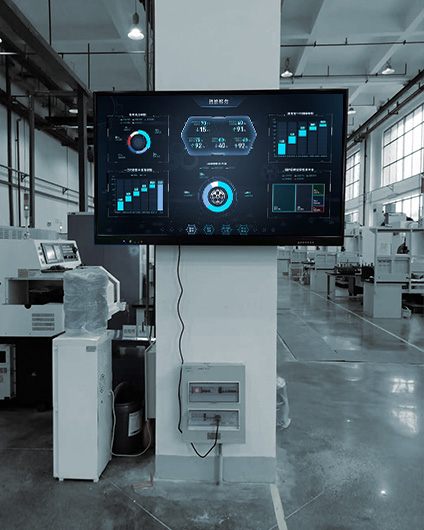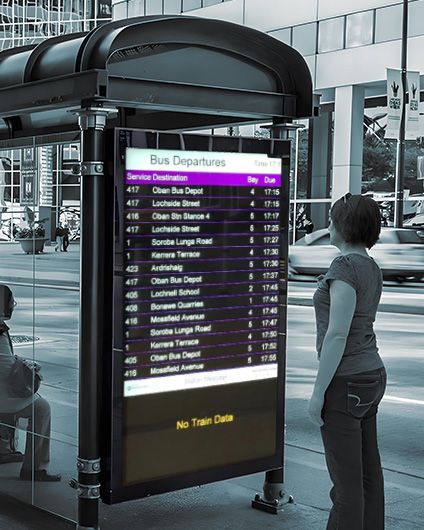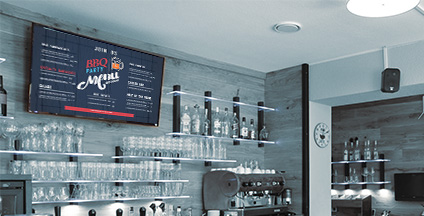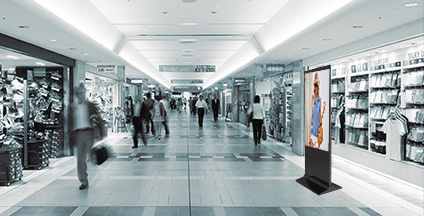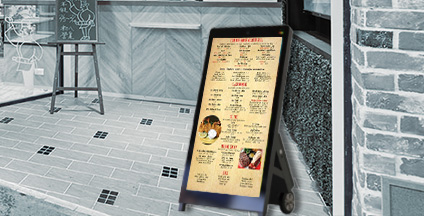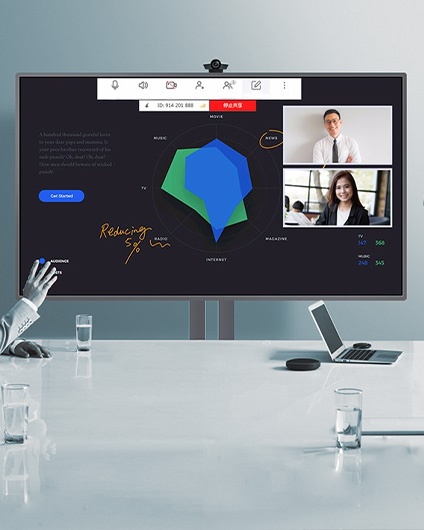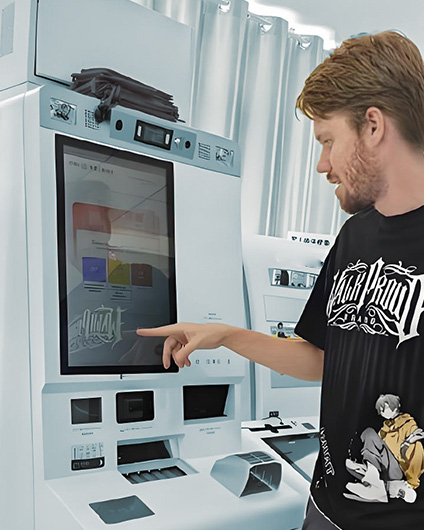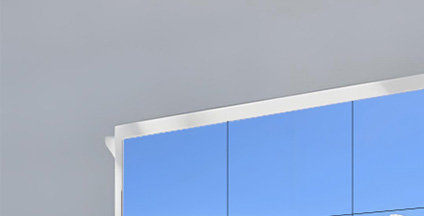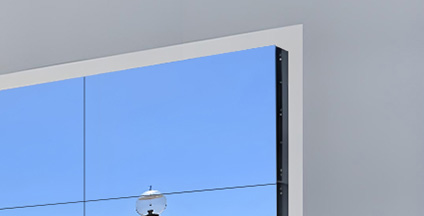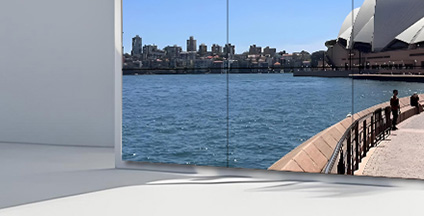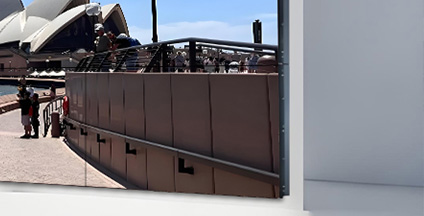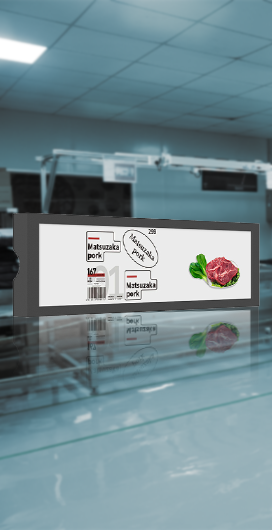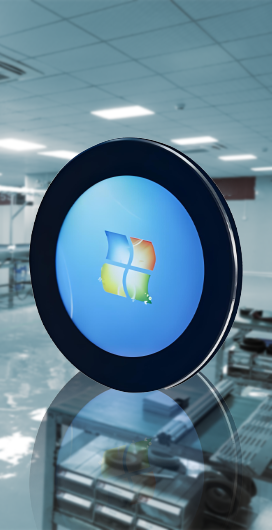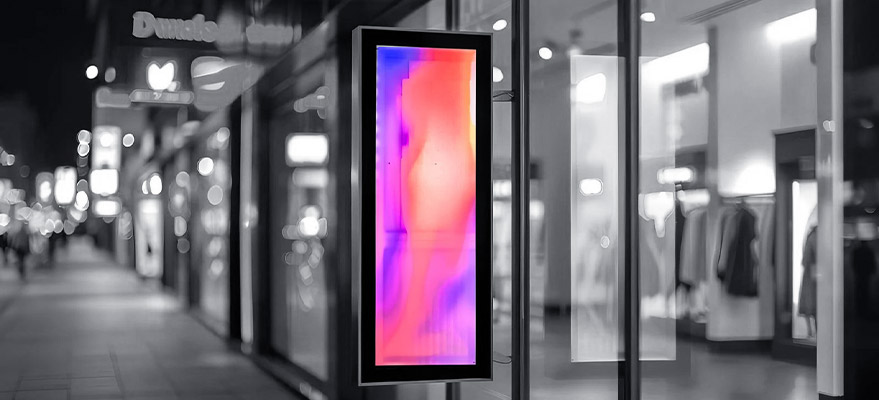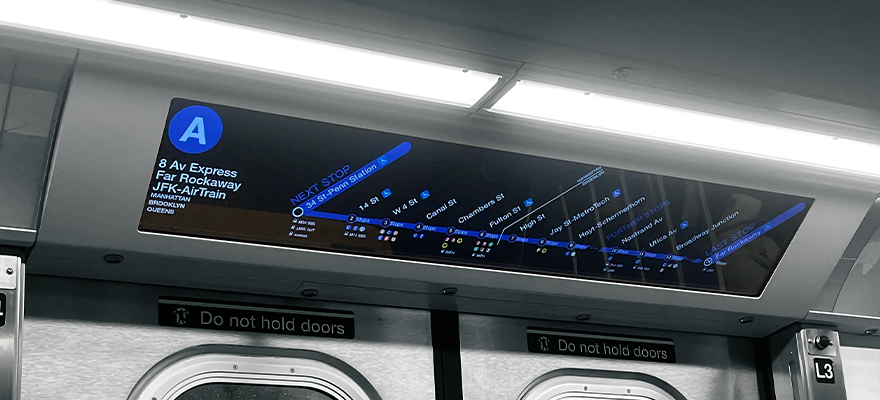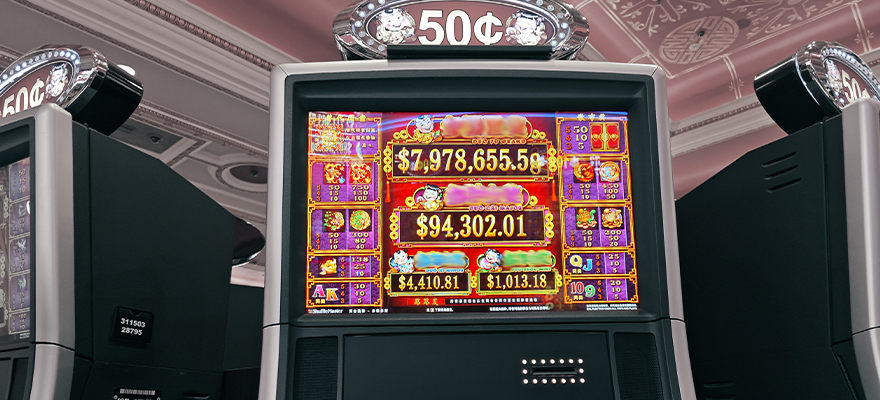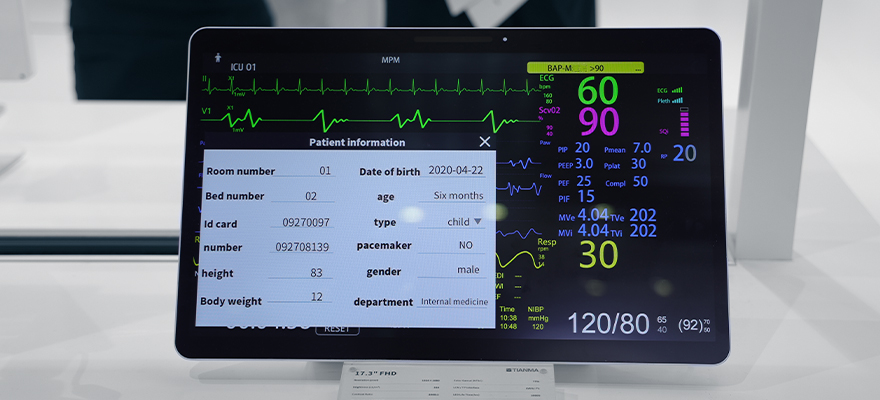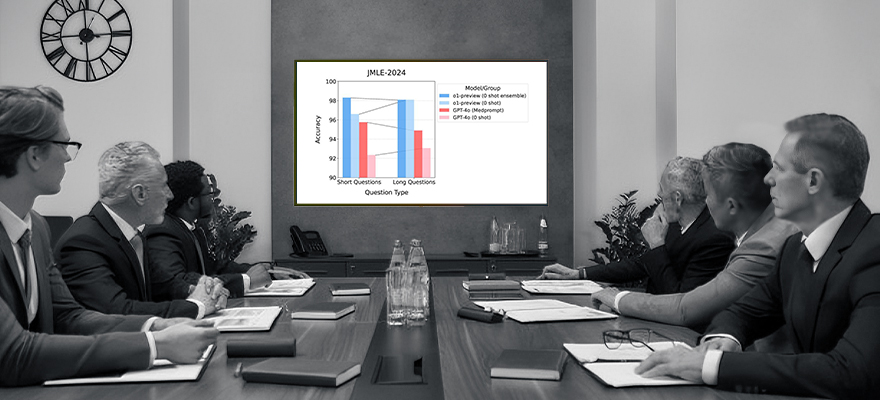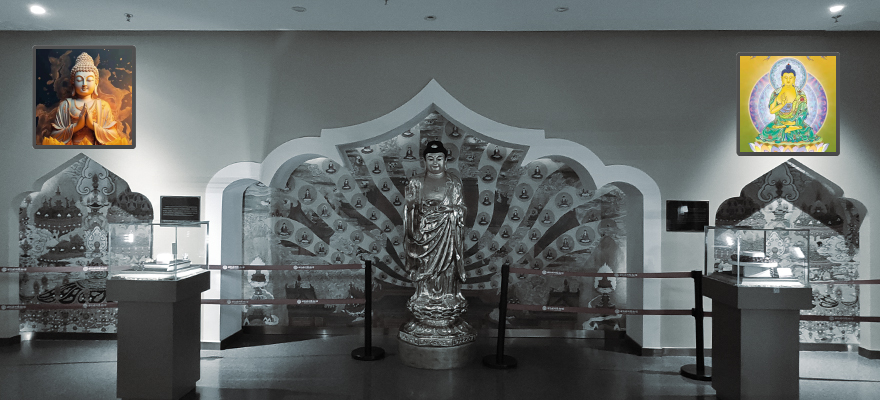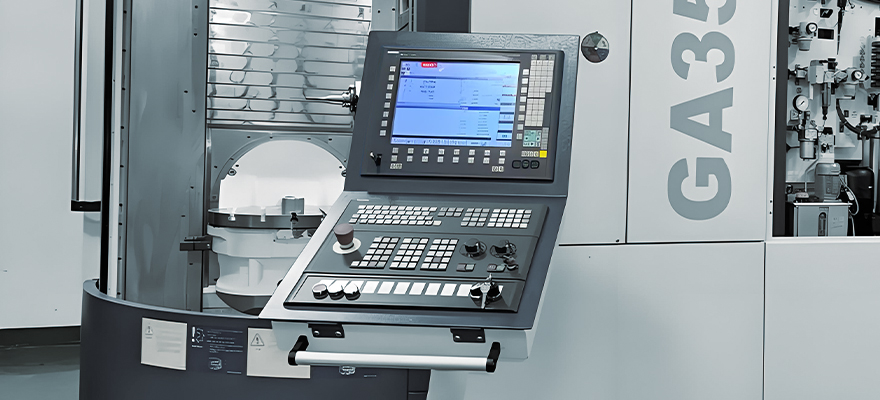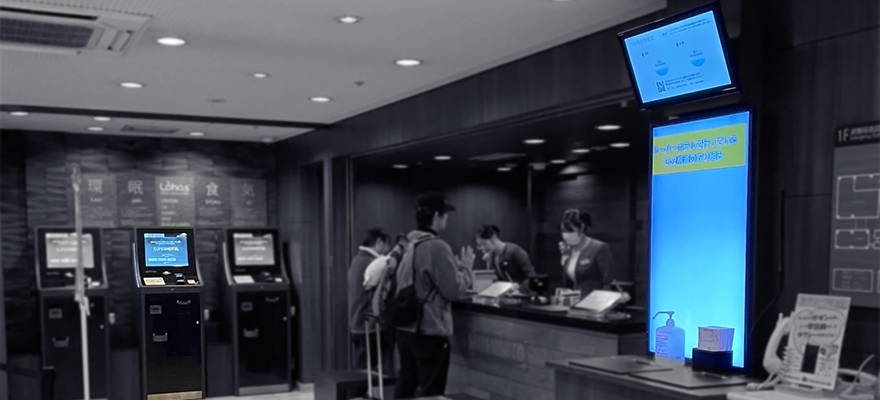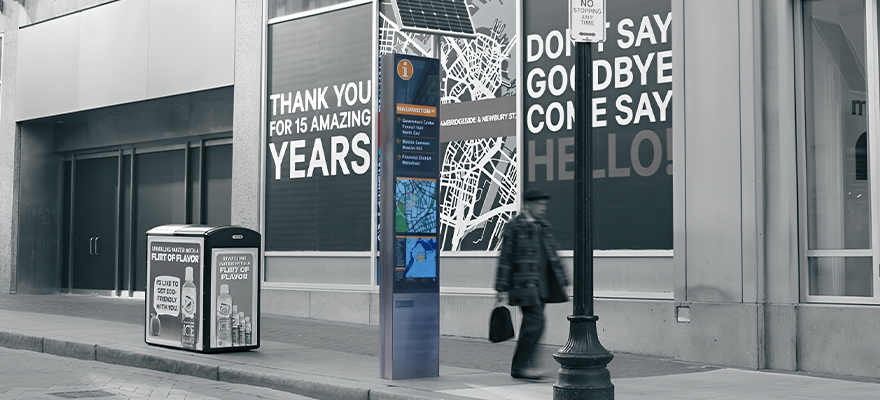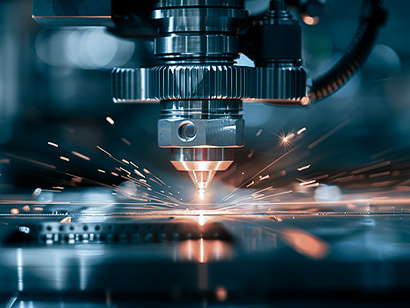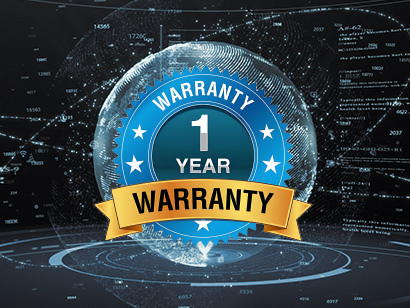Definition Of High Brightness Display
Definition:
High-brightness display refers to display technology that can remain clearly visible under strong ambient light (such as direct sunlight). Its brightness usually needs to reach more than 1000 nits, and some scenes (such as car HUD, outdoor advertising) even require 3000~5000 nits.
Core Requirements:
1. High brightness: to combat ambient light interference and ensure image visibility.
2. High contrast: to improve light and dark levels and enhance detail performance.
3. Low reflectivity: to reduce light reflection on the screen surface (such as anti-glare coating).
4. Wide color gamut and color accuracy: to meet the color accuracy requirements of professional fields (medical, design).
5. Energy saving and heat dissipation: high brightness is accompanied by high power consumption, so it is necessary to optimize energy efficiency and solve heat dissipation problems.
Technical Classification Of High Brightness Monitor
LCD High Brightness Technology
LCD Backlight Enhancement Technology
Direct-type LED Backlight: Increase brightness through dense LED array (such as 1000~2000 nits).
Quantum Dot Enhancement Film (QDEF): Combine quantum dot materials to expand the color gamut (NTSC 110%+) and improve light efficiency.
Local dimming: Control backlight in different areas to achieve high contrast (such as Mini-LED backlight technology)
Application Scenarios
Professional displays (such as Apple Pro Display XDR, 1600 nits continuous brightness).
In-vehicle display (anti-glare + high brightness for outdoor driving).
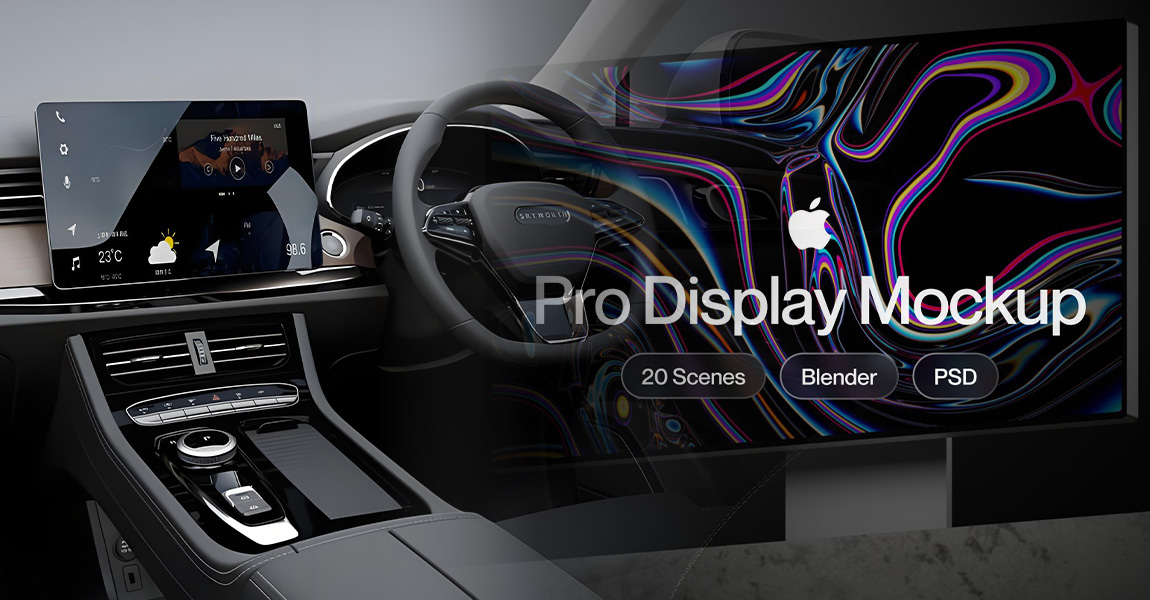
OLED High Brightness Display Technology
OLED Self-luminous Properties
Each pixel emits light independently, theoretically achieving infinite contrast.
Brightness bottleneck: Limited by the life of organic materials, the peak brightness of traditional OLEDs is about 800~1200 nits.
Technological Breakthrough
Tandem OLED: stacking light-emitting layers to improve brightness and lifespan (such as LG Display's OLED EX technology, which increases brightness by 30%).
Microlens Array (MLA): adding lens structures to the pixel surface to improve light extraction efficiency (such as Samsung QD-OLED).
Micro-LED And Mini-LED
Micro-LED
Self-luminous inorganic LED is miniaturized to less than 50μm, and each pixel is driven independently.
Advantages: Brightness can reach more than 10,000 nits, long life, fast response, suitable for outdoor large screens and AR/VR.
Challenges: Mass transfer technology, high cost (not yet commercialized on a large scale).
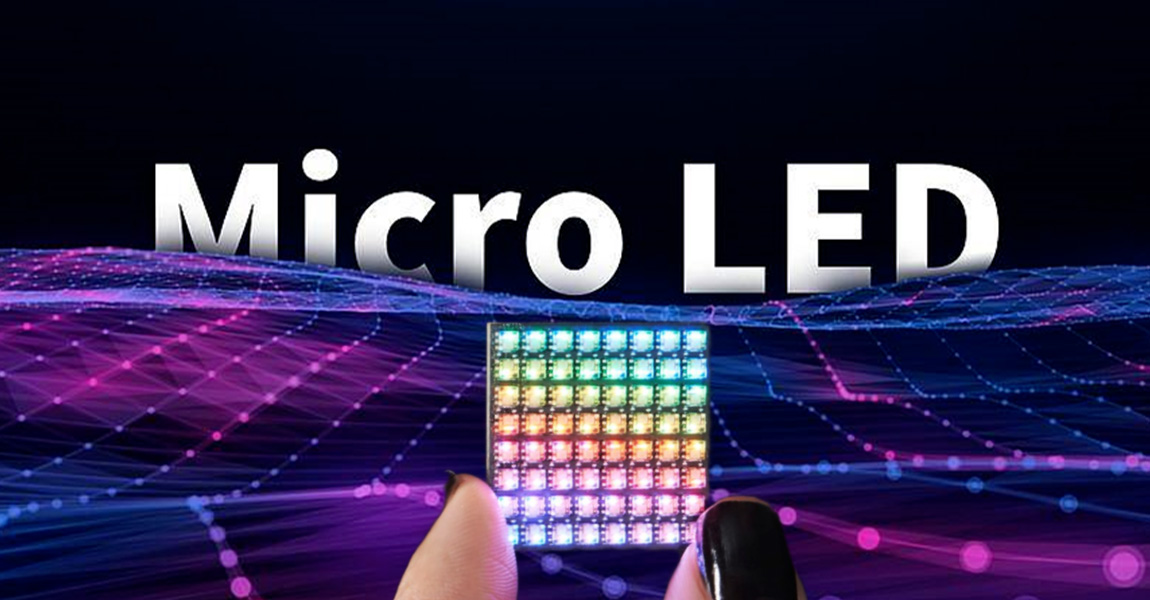
Mini-LED
LED size is 100~300μm, used as LCD backlight to achieve multi-zone light control (such as iPad Pro uses 10,000+ Mini-LED zones).
Advantages: Brightness 2000 nits+, contrast close to OLED, cost lower than Micro-LED.

Reflective Display Technology (E-paper And RLCD)
Electronic Ink Screen (E-Ink)
Relies on ambient light reflection, zero power consumption static display, but low refresh rate and single color.
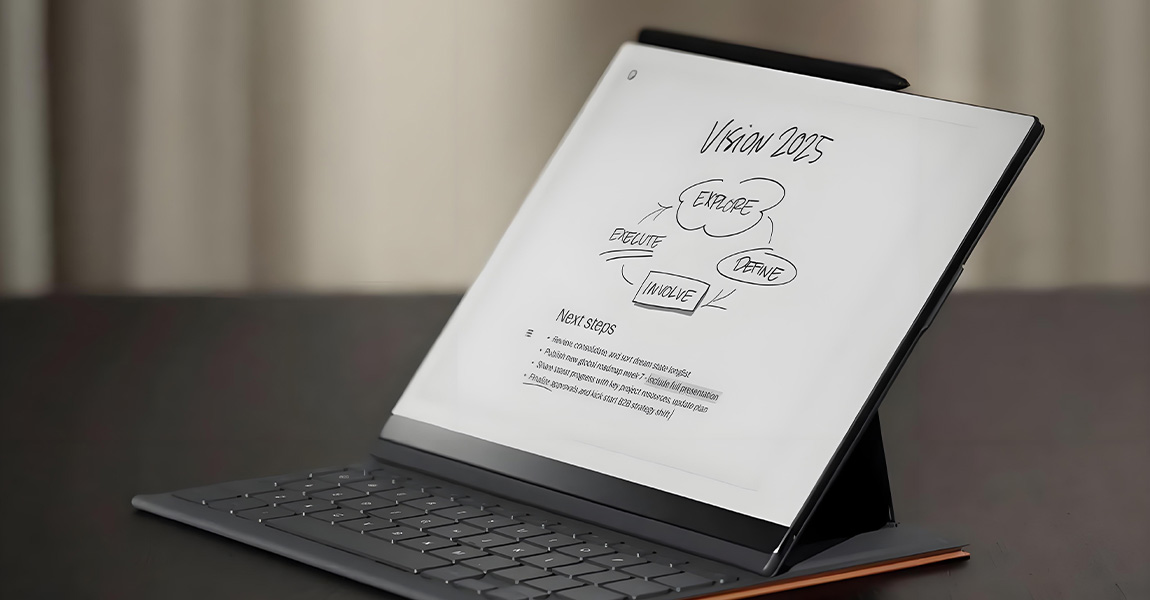
Reflective LCD (RLCD)
Uses ambient light reflection to form an image, and uses front light source to assist in improving performance in dark environments (such as Pixel Qi screen).

Core Technology Of Highlight Display
Brightness Enhancement Technology
High-power LED Light Source: using high current to drive LED chips, requires efficient heat dissipation design (such as copper substrate + heat pipe).
Optimization Of Optical Path:
Brightness enhancement film (BEF) and prism film (DBEF) improve backlight utilization.
Laser excitation phosphor (such as laser projection display).
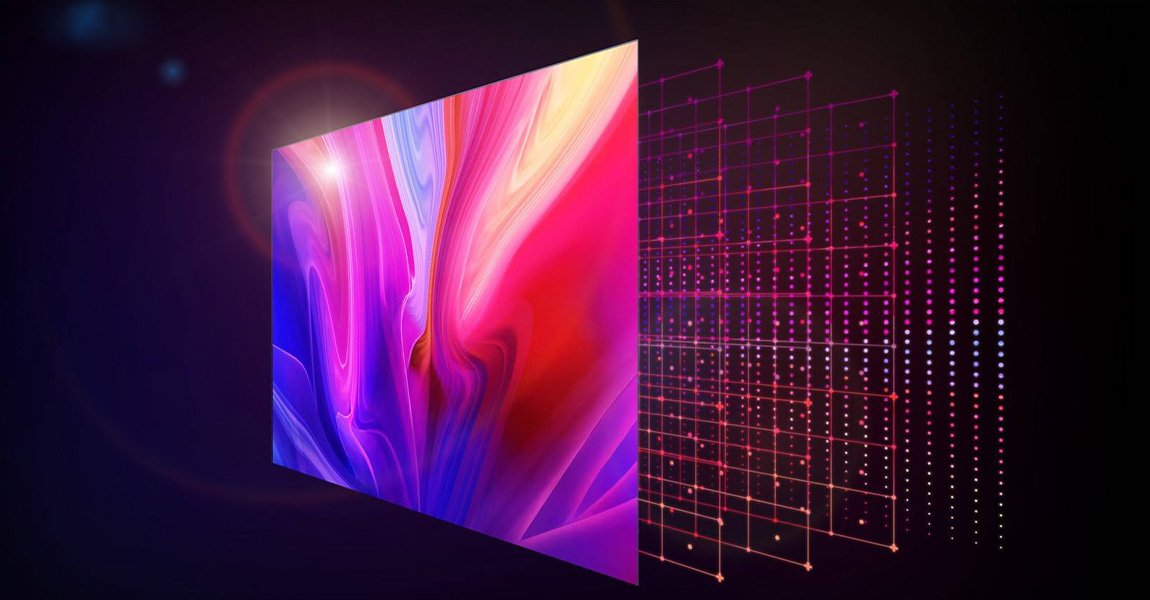
Anti-reflection And Anti-glare
Surface treatment
Nano-level anti-reflective coating (AR Coating), reflectivity <1% (such as Corning Gorilla Glass DX).
Etched matte treatment, disperses reflected light (sacrifices some clarity).
Circular Polarizer
Reduces ambient light interference and improves outdoor visibility.
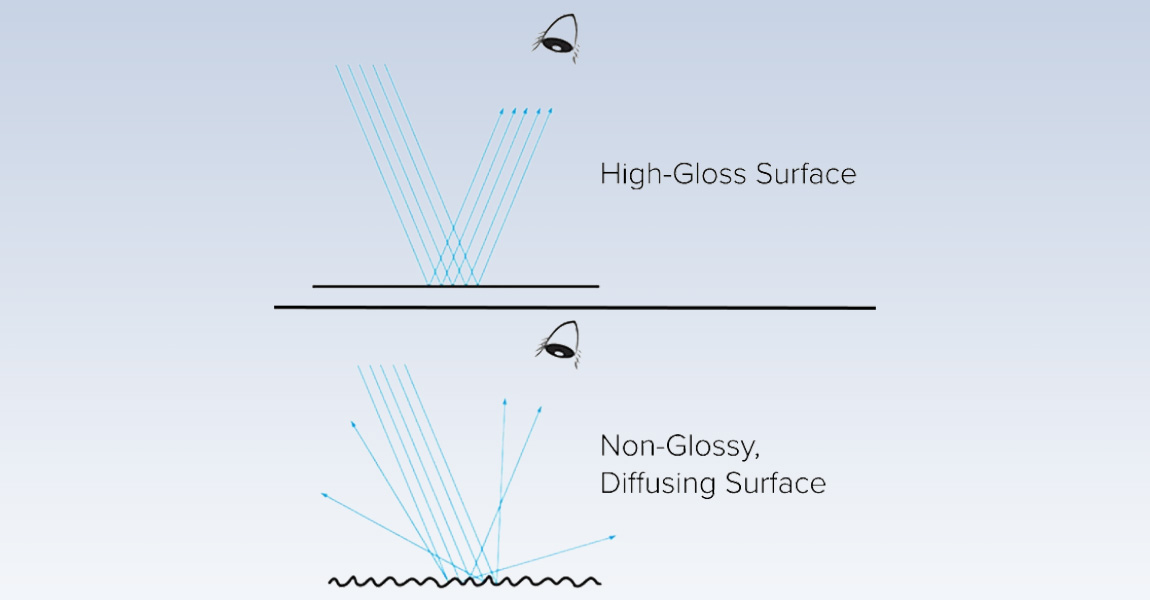
Dynamic Brightness Adjustment
Ambient Light Sensor: detects light intensity in real time and automatically adjusts screen brightness (such as adaptive brightness on smartphones).
HDR Technology: dynamically matches the content brightness range (such as the local brightness surge in a sunny scene in a movie) through the HDR10/Dolby Vision standard.
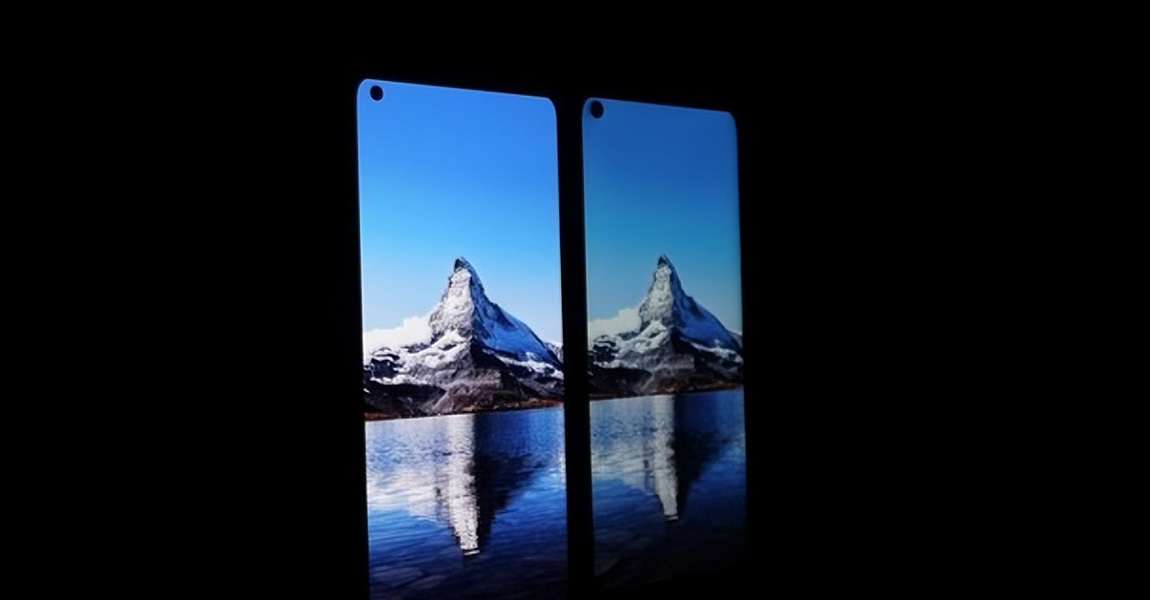
Thermal And Energy Efficiency Management
Passive Heat Dissipation: graphene heat sink, metal backplane.
Active Heat Dissipation: micro fan, liquid cooling system (for VR headsets and other enclosed devices).
Power Management IC: dynamically adjust the backlight voltage to reduce standby power consumption.
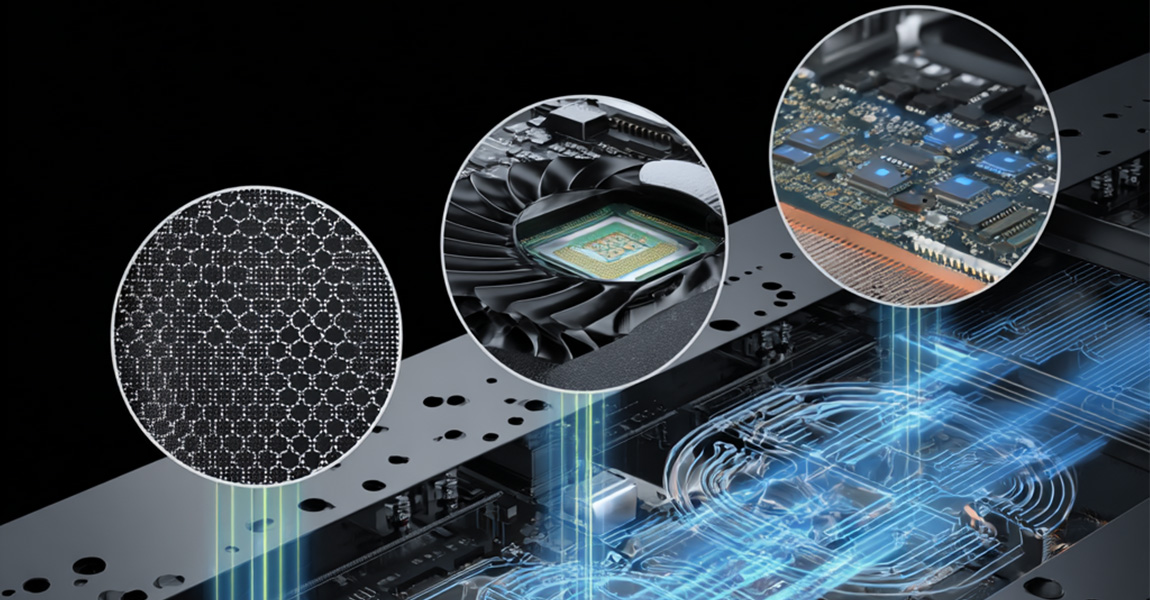
Typical Application Scenarios
Outdoor Advertising And Traffic Information Screen
Requirements: 5000 nits + brightness, IP65 dust and water resistance (such as Samsung outdoor LED poster screen).
Technology: Small pitch LED direct display, support 24/7 operation.

In-vehicle display and HUD
Requirements: anti-glare, wide temperature range (-40℃~85℃), fast response (such as Mercedes-Benz MBUX Hyperscreen).
Technology: Mini-LED backlit LCD or transparent OLED.
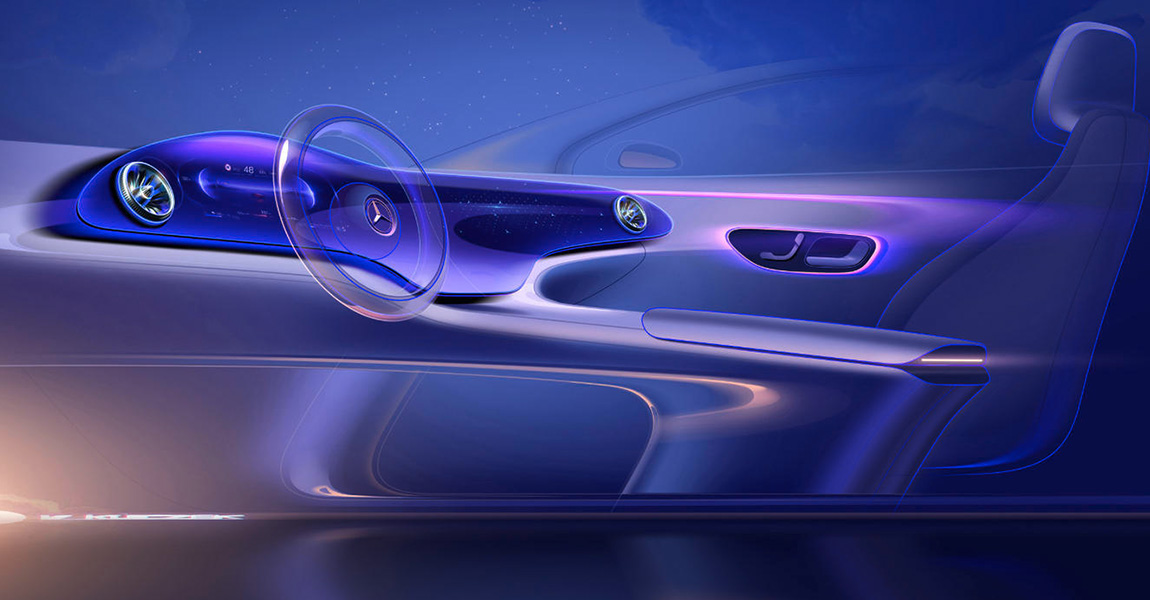
Aviation And military equipment
Requirements: extreme environment adaptability (high altitude, strong vibration), night vision compatibility (low blue light mode).
Technology: Ruggedized Micro-LED display.

AR/VR Devices
Requirements: ultra-high brightness (to offset optical module loss), high PPI (such as Meta Quest Pro).
Technology: Micro-OLED (silicon-based OLED) or laser scanning display (LBS).
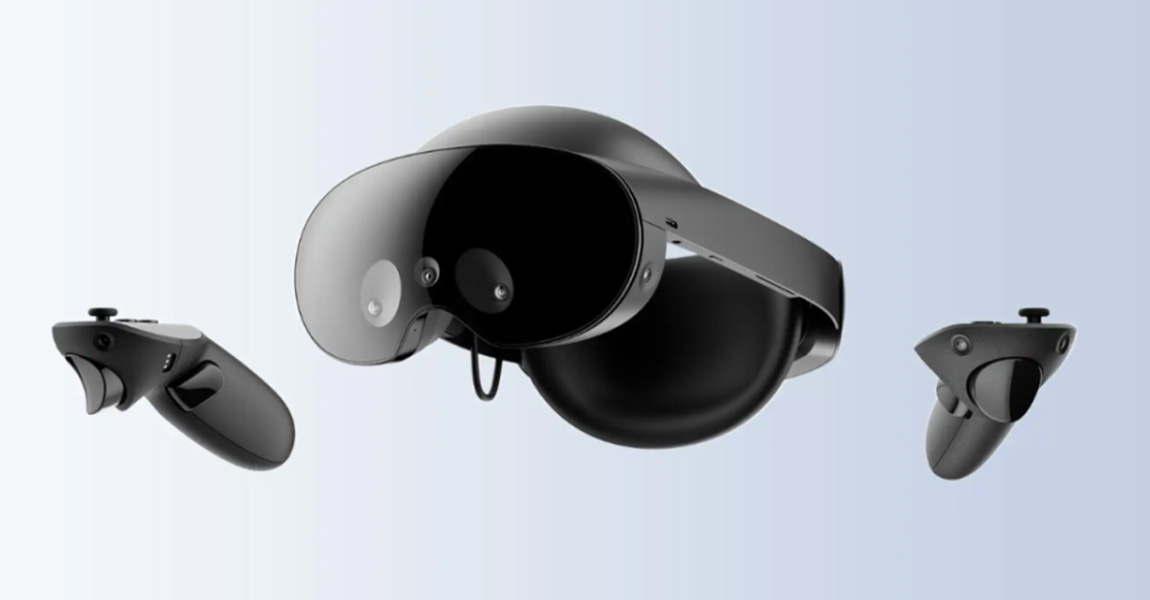
Technical Challenges And Future Trends
Challenges
1. Balance Between Brightness And Lifespan: High brightness accelerates aging of OLED materials, and LCD backlight is prone to light decay when operating at high load for a long time.
2. Power Consumption And Heat Dissipation: In-vehicle and mobile devices need to solve thermal management problems in limited space.
3.
Cost: Micro-LED mass transfer yield is low, and Mini-LED driver IC costs account for a high proportion.
Trends
Material Innovation
Gallium nitride (GaN) LED improves light efficiency, and perovskite QLED expands color gamut.
Flexible substrates (such as PI film) promote the development of foldable high-brightness screens.
Hybrid Technology Route
Mini-LED backlight + QD enhancement film + OLED pixel light control (Samsung Neo QLED).
Laser + fluorescent wheel excitation (ultra-short-throw laser TV).
Intelligent And Adaptive
AI optimizes display parameters in real time (such as adjusting brightness according to user pupils).
Self-healing materials extend screen life (such as LG self-healing OLED panels).
Green Display
Low blue light certification (such as TÜV Rheinland), application of renewable materials.
Conclusion
The essence of high-brightness display technology is the ultimate game between light energy, materials and electronics. From the partition control of Mini-LED backlight, to the mass transfer of Micro-LED, to the ultra-high peak brightness stimulated by laser, each breakthrough depends on interdisciplinary technical collaboration.
In the future, with the outbreak of scenes such as AR/VR and smart cars, high-brightness display will not only be "visible", but also need to achieve "comfortable and realistic viewing". The expansion of technological boundaries is redefining the way humans interact with the digital world.
High-brightness display technology is developing towards higher brightness, lower power consumption, and wider application scenarios. With the acceleration of Mini/Micro-LED commercialization, breakthroughs in new materials, and the maturity of AI-driven intelligent dimming technology, high-brightness display will be deeply integrated into outdoor digital signage, vehicle-mounted interaction, metaverse equipment and other fields in the future, becoming one of the core engines to promote the upgrading of the display industry.


![]() Retail Digital Display Solution
Retail Digital Display Solution![]() Public Transportation Digital Signage Solution
Public Transportation Digital Signage Solution![]() Entertainment Digital Display Solution
Entertainment Digital Display Solution![]() Healthcare Digital Display Solutions
Healthcare Digital Display Solutions![]() Education Digital Signage Solutions
Education Digital Signage Solutions![]() Corporate Digital Display Solutions
Corporate Digital Display Solutions![]() Art Digital Display Solution
Art Digital Display Solution![]() Industrial Digital Display Solutions
Industrial Digital Display Solutions![]() Hotel Digital Signage Solutions
Hotel Digital Signage Solutions![]() Outdoor Digital Signage Solutions
Outdoor Digital Signage Solutions